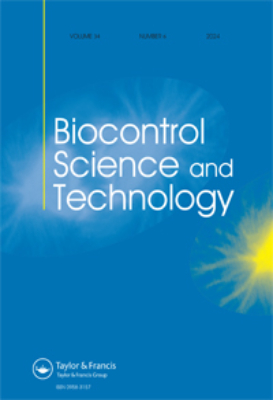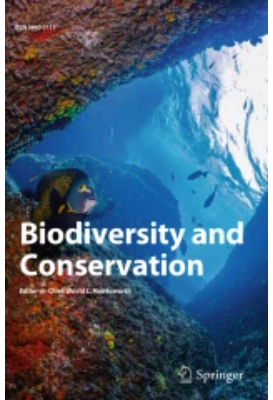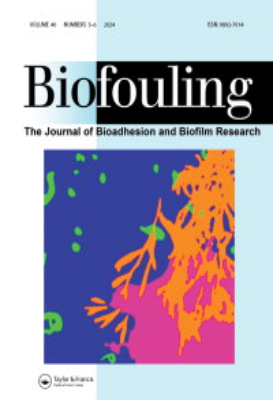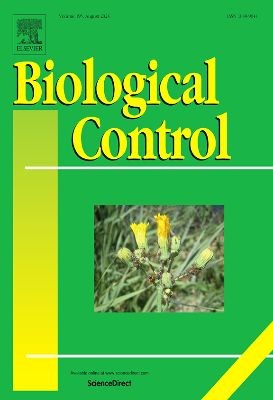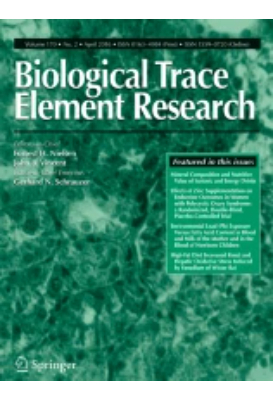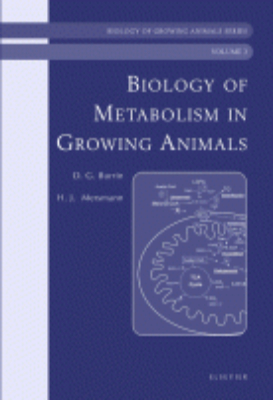E-Resources
Biofortified Varieties: Sustainable Way to Alleviate Malnutrition Third Edition
Nutrition plays central role in growth and development of healthy mind and body. We are
committed to providing a better and sustainable future for all the citizens through nutrition
and food security. Our aim is to ensure healthy lives and promote well-being of people of all ages
through nutritious food. It has been estimated that alleviating malnutrition is one of the most
cost-effective measures, with every $1 invested in proven nutrition programme offering benefits
worth $16.
ICAR has developed 87 biofortified cultivars in 16 crops that can be integrated into the food
chain to enable better health of human and animal populations. Of these, 48 cultivars are multinutrient-dense in nature with two or more traits combined in a single genotype. Dedication
of biofortified crop cultivars on October 16, 2020 (World Food Day) and September 28, 2021,
respectively by the Hon?ble Prime Minister to the nation is a testimony to the commitment
of the country and of the Indian Council of Agricultural Research (ICAR) towards fulfilling
country?s food and nutrition security. This bulletin entitled, ?Biofortified Varieties: Sustainable
Way to Alleviate Malnutrition? highlights the yield potential along with respective nutritional
characteristics of the varieties for propagation and use in the country. I do hope that the
information contained in this bulletin will be of immense use towards building a malnutrition
free India.
Biogenesis of Plant Cell Wall Polysaccharides
Biogenesis of Plant Cell Wall Polysaccharides contains the proceedings of a 1972 symposium on Biogenesis of Plant Cell Wall Polysaccharides held at the 164th National Meeting of the American Chemical Society, New York, New York. The symposium focuses on a broad range of interest from structural to functional aspects of cell wall polysaccharide biosynthesis in algae as well as in higher plants. Organized into 17 chapters, this book details the progress and understanding regarding the biosynthesis of cell wall components and the assembly of these components in the wall. It encompasses topics on cell wall polysaccharides, UDP-D-glucuronic acid pyrophosphorylase, and D-xylose. This reference also tackles the UDP-D-glucuronic acid, L-arabinose, D-apiose, and carbohydrate polymers. Furthermore, it explains other topics, such as on extensin, hydroxyproline-rich glycoprotein, cellulose, and polygalacturonic acid.
Biogeochemistry of Trace Elements in the Rhizosphere
"The rhizosphere in soil environments refers to the narrow zone of soil influenced by the root and exudates. Microbial populations in the rhizosphere can be 10 - 100 times larger than the populations in the bulk soil. Therefore, the rhizosphere is bathed in root exudates and microbial metabolites and the chemistry and biology at the soil-root interface is governed by biotic (plant roots, microbes) and abiotic (physical and chemical) interactions. The research on biotic and abiotic interactions in the rhizosphere should, thus, be an issue of intense interest for years to come. This book, which consists of 15 chapters, addresses a variety of issues on fundamentals of microscopic levels and the impact on food chain contamination and the terrestrial ecosystem. It is an essential reference work for chemists and biologists studying environmental systems, as well as earth, soil and environmental scientists. Key Features. 15 chapter book, which addresses a variety of issues on fundamentals of microscopic levels and the impact on food chain contamination and the terrestrial ecosystem"
Biological Approaches and Evolutionary Trends in Plants
Biological Approaches and Evolutionary Trends in Plants is a collection of papers presented at the Fourth International Symposium of Plant Biosystematics held on July 10-14, 1989 in Kyoto, Japan. Contributors, some are world's leading plant biologists, discuss the findings in evolutionary biology and issues in plant biosystematics in light of the evidence and ideas brought forward at various levels of biological organization, from molecule to cell, individual, population, species, and community levels. This volume is organized into four sections encompassing 22 chapters and begins with an overview of discoveries concerning parapatric differentiation of weed populations, including adaptive evolution in herbicide resistant biotypes and complex evolutionary patterns in weed-crop complexes of various groups. The next section explores molecular approaches in plant biosystematics, focusing on amino acid sequencing of proteins; restriction-site variations of cpDNA, mitDNA, rDNA, etc.; and chromosome-banding patterns revealed by differential staining. The discussion shifts to a wave of research in plant population biology and evolutionary ecology since the 1970s and its impact on biology and biosystematics. The book considers various aspects of reproductive biology and evolutionary changes in significant reproductive parameters and attempts to demographically quantify these parameters. The final chapter is devoted to the use of functional phylogenetic systematics for predictive ecology. This book will be of interest to plant biologists and scientists and researchers in fields such as biochemistry, botany, microbiology, ecology, and evolutionary biology.
Biology and Evolution of the Mexican Cavefish
"Biology and Evolution of the Mexican Cavefish features contributions by leading researchers in a comprehensive, unique work that examines a number of distinct areas of biologyevolution, development, ecology, and behaviorusing the Mexican cavefish as a powerful model system to further understanding of basic biological processes such as eye degeneration, hearing, craniofacial development, sleep, and metabolic function. These fish are currently being used to better understand a number of issues related to human health, including age-related blindness, sleep, obesity, mood-related disorders, and aging. The recent sequencing of the cavefish genome broadens the interest of this system to groups working with diverse biological systems, and has helped researchers identify genes that regulate sleep, eye degeneration, and metabolic function. Mexican cavefish are particularly powerful for the study of biological processes because these fish evolved independently in twenty-nine caves in the Sierra de el Abra Region of Northeast Mexico. These fish have dramatic adaptations to the cave environment, and this can be used to identify genes involved in disease-related traits. This scholarly text will be of interest to researchers and students throughout diverse areas of biology and ecology. It includes photographs of animals and behavior in laboratory and natural settings that will also increase interest and accessibility to non-experts.. Key Features. Includes a mixture of images and illustrations such as the geographical distribution of cave pools and the developmental biology of the nervous system. Features a companion site with geographical maps. Fills a notable gap in the literature on a topic of broad interest to the scientific community. Presents the recent sequencing of the cavefish genome as a groundbreaking development for researchers working with diverse biological systems"
Biology of Plant Litter Decomposition: Volume 1 1974
Biology of Plant Litter Decomposition, Volume 1 focuses on decomposition of various types of litter, which include all plant remains, ranging from still standing dead trees to the decomposing hyphae of fungi and bacterial cells, including herbivore dung. The book is organized into seven chapters, each devoted to a specific type of litter including lower plants, herbaceous, angiosperm, and coniferous tree leaf litters; wood; root; and digested litter. It describes the structure and function of the organisms concerned. It also covers the involvement of biotrophic and necrotrophic parasites of higher plants in the early stages of decomposition. With a strong focus on the interrelationships in plant litter decomposition, the book is an ideal source of information for research biologists who are interested in life cycle and decomposition of plants.
Biology of Plant Litter Decomposition: Volume 2 1974
Biology of Plant Litter Decomposition, Volume II is organized into two parts. The first part focuses on the organisms involved in plant litter decomposition, particularly, their structure and function. The second part deals with the environmental conditions under which breakdown occurs over the whole global surface. This volume separately considers terrestrial, freshwater, and marine environments. Furthermore, it describes two anthropocentric aspects: agriculture, with an emphasis on the importance of the saprophytic activity of plant pathogenic fungi, and the increasingly important composting of urban waste. This book will be invaluable to science students and instructors, as well as to biologists, botanists, marine ecologists.
Biology of the Nitrogen Cycle
"All organisms require nitrogen to live and grow. The movement of nitrogen between the atmosphere, biosphere, and geosphere in different forms is described by the nitrogen cycle. This book is an activity of the COST 856 Action on Denitrification. It covers all aspects of the N-cycle: chemistry, biology (enzymology, molecular biology), physics, applied aspects (greenhouse effect, N-pollution problems, practices in farming, in waste-water treatment, and more). In this book, leading editors offer the latest research available on dentrification (reduction of nitrates or nitrites commonly by bacteria- as in soil). Key Features. Provides details on denitrification and its general role in the environment. Offers latest research in N-Cycle and its reactions. Discusses impacts on various environments: agriculture, wetlands, plants, waste-water treatment and more. The only book available in the field since the last 20 years. Contains 27 chapters written by internationally highly recognized experts in the field. Covers all modern aspects, emphasizes molecular biology and ecology. Written in an easily understandable way"

